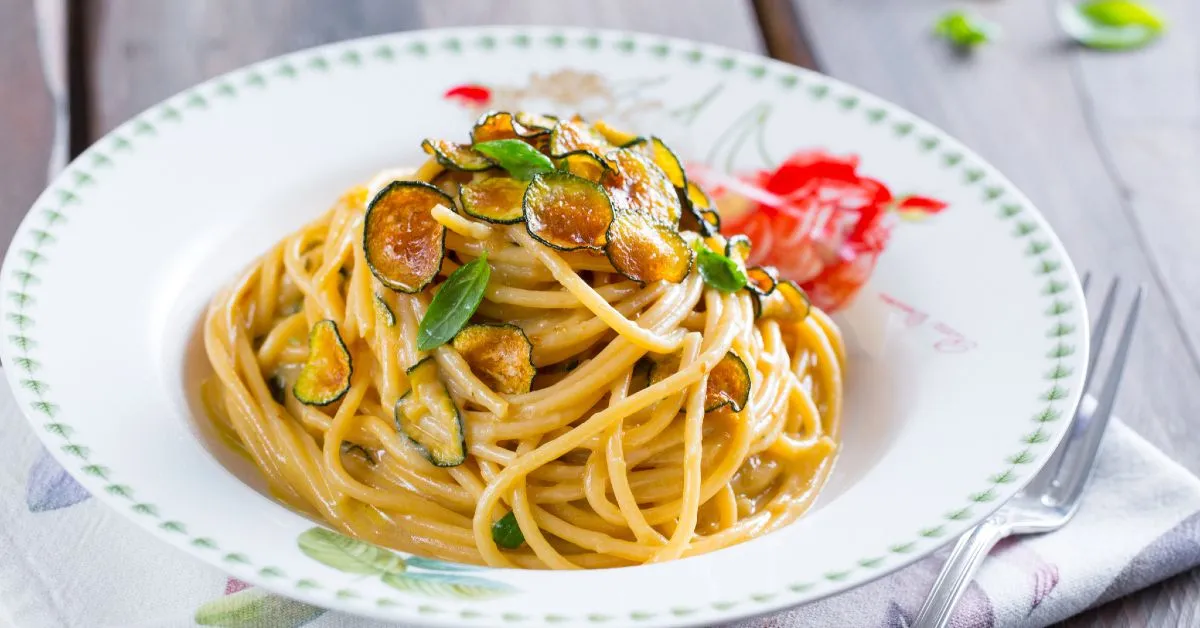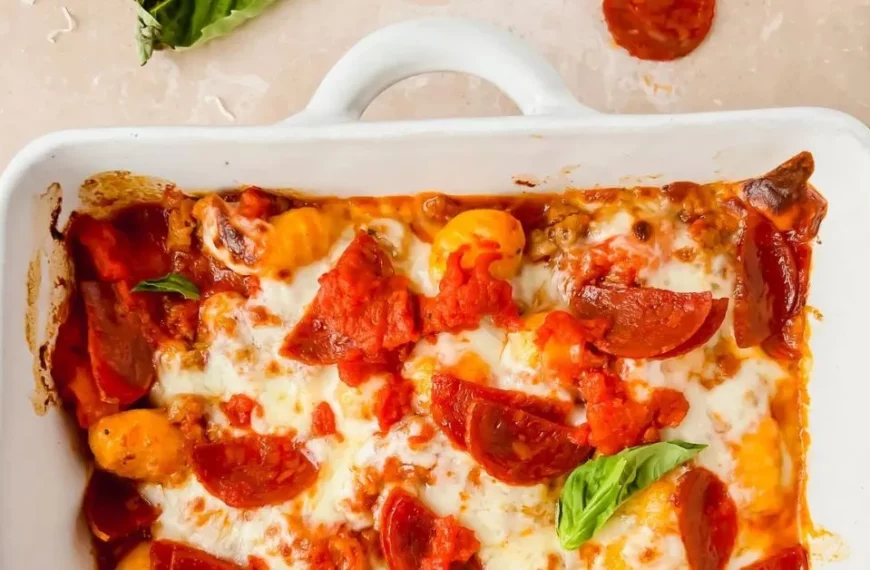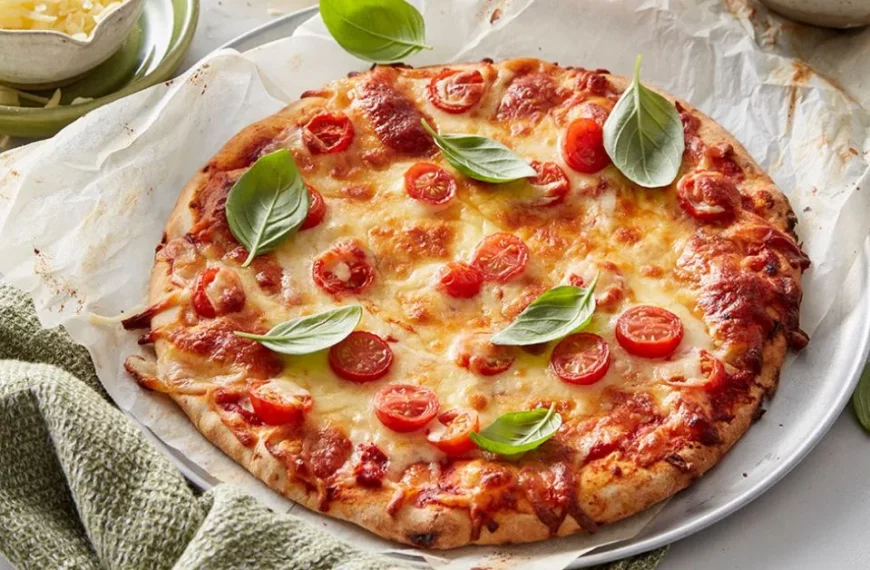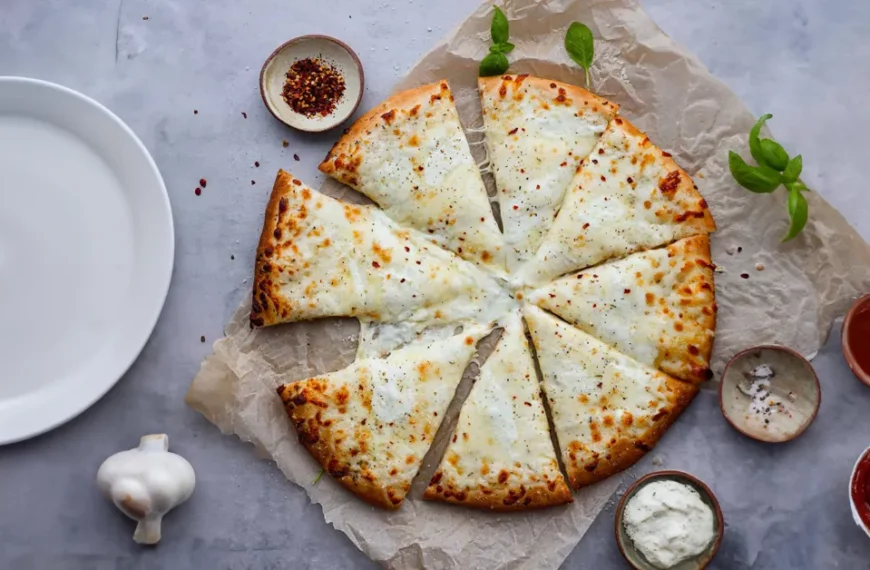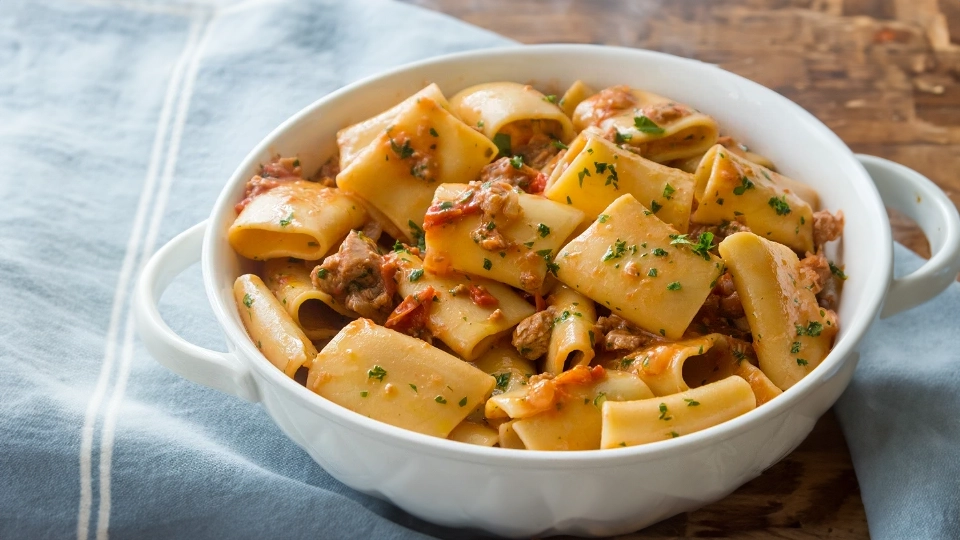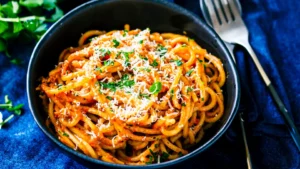Join me on a virtual tour through the sun-kissed coasts of Italy, where every bite tells a story of tradition and taste. Today, let’s delve into the enchanting world of Spaghetti alla Nerano, a dish that embodies the rustic charm and culinary heritage of the Amalfi Coast. This classic recipe, steeped in legend of being adored by the alluring sirens along the southern Italian shores, has captivated the palates of both locals and wanderers alike.

As a dish that not only tantalizes the taste buds but also warms the soul, it beckons for just a handful of simple ingredients, a generous measure of passion, and a dash of culinary enchantment. In this comprehensive guide, I will lead you through the bustling markets and into your kitchen, enabling you to recreate this exquisite dish with ease and finesse. Let’s embark on this gastronomic journey together!
Spaghetti alla Nerano

Ingredients
Before we roll up our sleeves, we need to ensure we have all the necessary ingredients. This step-by-step guide will walk you through what you need to create the perfect Spaghetti alla Nerano.
- 400g of spaghetti
- 300g of zucchini
- 200g of Provolone cheese
- 2 cloves of garlic
- Fresh basil leaves
- Extra virgin olive oil
- Salt (to taste)
- Pepper (to taste)
- Sunflower oil (for frying)
- Freshly grated Parmesan cheese (for serving)
This recipe typically serves four, so adjust your quantities accordingly. It’s always a great excuse to have a few friends over for a meal that’s as communal as it is delicious.
Instructions
The beauty of Spaghetti alla Nerano lies in its simplicity. Each ingredient is carefully selected to enhance the flavor of the next, ensuring a harmonious marriage of elements. Now, onto the heart of the dish.
- Begin by slicing your zucchini into slivers reminiscent of fresh fettuccine. A mandoline can help achieve uniformity, but a sharp knife and a steady hand will also get the job done. Once sliced, season the zucchini with a pinch of salt and set aside for 10 minutes. This step will draw out moisture, ensuring that they caramelize to a lovely golden color without becoming soggy.
- After the salting process, gently pat the zucchini dry. In a pan, heat enough sunflower oil to cover the bottom. When hot, carefully add the zucchini, ensuring not to overcrowd the pan. Fry until golden, then remove and drain on paper towels. The zucchini should be tender but not mushy, with a delightful crispness to their edges.
- In a separate pan, heat a generous glug of olive oil over a low flame. Infuse the oil with two whole cloves of garlic, peeled but left whole. This gentle process allows the garlic to perfume the oil, without the risk of burning and turning acrid. After about 10-15 minutes, when the garlic has softened and the kitchen is redolent with its aroma, discard the cloves and increase the heat slightly.
- Cook your spaghetti in salted boiling water, to just shy of al dente. It will finish cooking in the pan with the zucchini. Before draining, reserve a cup of the cooking water. This starchy elixir is the secret weapon in creating a luxuriously creamy sauce that clings to every strand of pasta.
- Now comes the moment of truth. Add your fried zucchini to the pan with the garlic-infused oil. Toss to coat, seasoning with salt and pepper to taste. Then, the star of the show, the Provolone cheese. This semi-hard, mild, and creamy cheese melts into velvet ribbons, transforming a simple medley into something truly divine.
- Introduce the cooked spaghetti to the pan, along with a splash or two of the reserved pasta water. This step is as delicate as it is crucial; the water, cheese, and oil should emulsify into a glossy and unctuous coat for the pasta. Toss until the spaghetti is well coated, every forkful promising a bite of zucchini, cheese, and the faintest whisper of garlic.
- Proudly serve your creation, crowned with a flurry of freshly torn basil leaves. This final touch not only amps up the visual appeal with its vibrant hue but adds a fresh note that elevates the dish’s overall complexity.

DID YOU MAKE THIS RECIPE?
Tag @amcookingitaliano on Instagram and hashtag it #amcookingitaliano!
Tips for Customization
The beauty of Italian cuisine lies in its regional diversity. While remaining respectful to the essence of the recipe, there are a few notes you can play with.
Zesty Lemon Zest
A squeeze of fresh lemon juice and a grating of its zest can brighten the flavors and add a welcome zing to the final dish.
Piquant Chili
For those seeking a bit of warmth, a pinch of red chili flakes can be added to the oil during the garlic infusion stage.
Herbs of Choice
Though fresh basil is the traditional herb of choice for Spaghetti alla Nerano, feel free to experiment with others such as thyme or oregano.
A Splash of White Wine
A slosh of dry, white wine can deglaze the pan, adding another layer of complexity. After all, what’s pasta without a good story?
Storing Your Spaghetti alla Nerano
This dish is best enjoyed fresh, but leftovers keep surprisingly well. Store in an airtight container in the refrigerator for up to two days. When reheating, do so gently over low heat, adding a splash of water to bring back the creaminess of the sauce.
Conclusion: A Taste of Italy
Spaghetti alla Nerano is more than just a recipe; it’s an experience that transports you to the Almafi coast, where each sunset is celebrated with a feast of flavors. From your kitchen to your table, this dish captures the warmth and simplicity of Italian home cooking. Create this sumptuous dish for loved ones or for a solitary indulgence, and savor every twirl of pasta, every nibble of zucchini and cheese, as life slows down to the rhythm of a perfect meal.
FAQs
Q: Can I use a different type of pasta?
A: Absolutely. Fettuccine or tagliatelle can also work well in this recipe, but the key is to ensure that the pasta is able to hold the sauce.
Q: What if I can’t find Provolone cheese?
A: A close substitute would be Fontina or a mild, young pecorino. The idea is to choose a cheese that melts well and has a mild flavor profile.
Q: How can I tell if the zucchini is caramelized and not burnt?
A: The zucchini should be golden brown on the edges, with a tender bite. If the color is too dark or the texture is leathery, it may have been cooking too quickly. Adjust the heat and oil accordingly for the next batch.
Q: Do I have to use fresh basil?
A: Fresh basil is ideal but if you must, you can use dried basil. The general rule is to use one-third the amount of dried herb as you would use fresh.

